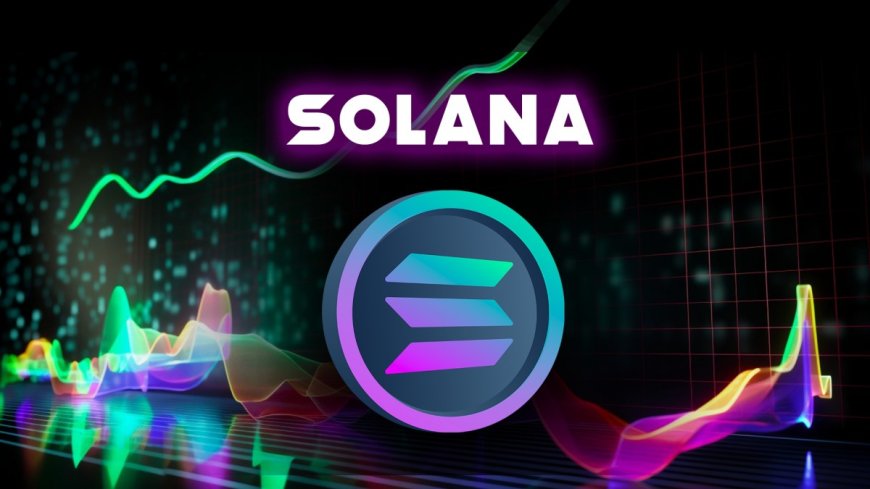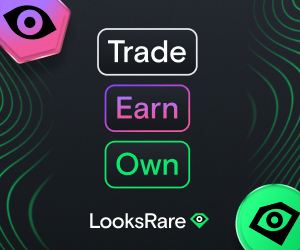What Is Solana (SOL) and How Does SOL Crypto Work?
Solana (SOL): A blockchain cryptocurrency, rivaling Ethereum, created by developer Anatoly Yakovenko in 2020. Now a top-11 crypto by market cap.

Solana, founded in 2017, is an open-source blockchain project spearheaded by the Solana Foundation, headquartered in Geneva.
The actual blockchain development is managed by San Francisco-based Solana Labs.
This platform sets itself apart with its remarkable transaction speed and lower fees compared to Ethereum.
As of the time of writing, the Solana user base exceeds 21 million cumulative wallets. (source: Dune analytics report)
What is Solana?
Here is a video explaining what Solana blockchain is: a high-performance, next-generation blockchain protocol designed to scale to 50k+ transactions per second (tps), 6-second block times, and ~1 millisecond transaction finality. It utilizes a unique consensus mechanism called “Proof of History” as well as sharding techniques and advanced cryptography to achieve its performance goals.
Solana Proof-of-History Concept: built for growth
One of Solana's key innovations is the Proof-of-History (PoH) concept. This concept, introduced by Solana co-founder Anatoly Yakovenko in a 2017 white paper, addresses the issue of time synchronization in blockchains.
Traditionally, blockchains lack a trusted time source, relying on each node's local clock, leading to inconsistencies in transaction timestamps across the network. PoH remedies this by encoding trustless timestamps into the ledger, ensuring all nodes rely on the same, reliable time source.
The Birth of Solana

Yakovenko's background in distributed systems design, gained from working with prominent tech companies like Qualcomm, inspired him to seek a solution to blockchain scalability issues. He realized that a dependable clock could dramatically enhance network synchronization and transaction throughput. (source: wikipedia)
The initial development of Solana took place in the C programming language before migrating to Rust at the suggestion of Greg Fitzgerald, a former Qualcomm colleague. In February 2018, Fitzgerald initiated the first open-source implementation, showcasing the verification of 10,000 signed transactions in just over half a second.
Solana's Remarkable Expansion
Driven by these milestones, Yakovenko, Fitzgerald, and two others co-founded a company initially named Loom, later rebranded as Solana. The name pays homage to the beach town near San Diego, where the founders lived while working for Qualcomm.
By June 2018, Solana's network had scaled to operate on cloud-based platforms. A 50-node, permissioned public testnet consistently supported bursts of 250,000 transactions per second (TPS). Unlike traditional validator nodes, Solana employs validator clusters to secure the network and process transactions.
As of September 2022, Solana has processed over 100 billion transactions, each costing an average of $0.00025.
Solana's Unique Architecture
Solana's architecture eliminates software bottlenecks, enabling transaction throughput to scale with network bandwidth. It encompasses three core attributes: scalability, security, and decentralization.
The blockchain combines proof-of-history (PoH) and proof-of-stake (PoS) consensus mechanisms. PoS allows validators to verify transactions based on their token holdings, while PoH timestamps and verifies transactions swiftly.
Solana vs. Ethereum
Solana's rapid growth and versatility invite comparisons to Ethereum, the dominant blockchain for decentralized applications (dApps). Both platforms offer smart contract capabilities essential for DeFi and NFTs.
In terms of consensus mechanisms, both Solana and Ethereum employ PoS. However, Solana's addition of PoH grants it a considerable speed advantage. Solana can process up to 50,000 TPS with an average transaction cost of $0.00025, while Ethereum manages fewer than 15 TPS with average transaction fees of $1.68.
Ethereum Upgrades and Solana's Future
Ethereum, with its substantial ecosystem and market capitalization, has maintained its status as a top cryptocurrency. Its upgrades, including the merger of its Beacon Chain and Mainnet Chain and future implementation of sharding, aim to enhance scalability and sustainability.
Solana's ability to compete with these advancements remains to be seen.
SOL Token
SOL is the native cryptocurrency on the Solana network. It is a utility token used to secure the blockchain by validators, as well as pay transaction fees and incentivize users to participate in projects built on the platform.
SOL tokens are designed to appreciate in value, based on demand for usage of the underlying blockchain infrastructure.
SOL tokens can be divided into smaller units known as lamports, each valued at 0.000000001 SOL.
These lamports are named after Leslie Lamport, a renowned computer scientist in distributed systems.
In 2021, Solana (SOL) increased its growth by nearly 12,000% with a market cap exceeding $66 billion, momentarily securing fifth place among cryptocurrencies. However, the crypto market's turbulence in 2022 saw SOL's market cap dip to around $11.71 billion, placing it ninth in terms of market capitalization. See more sol price data on our website.
The supply of SOL is currently 410 million tokens. 73% of total supply. (source: https://explorer.solana.com/)
You can store your sol token in Solana wallets.










